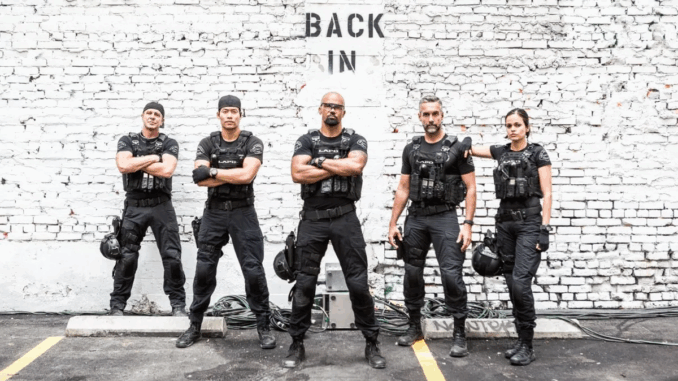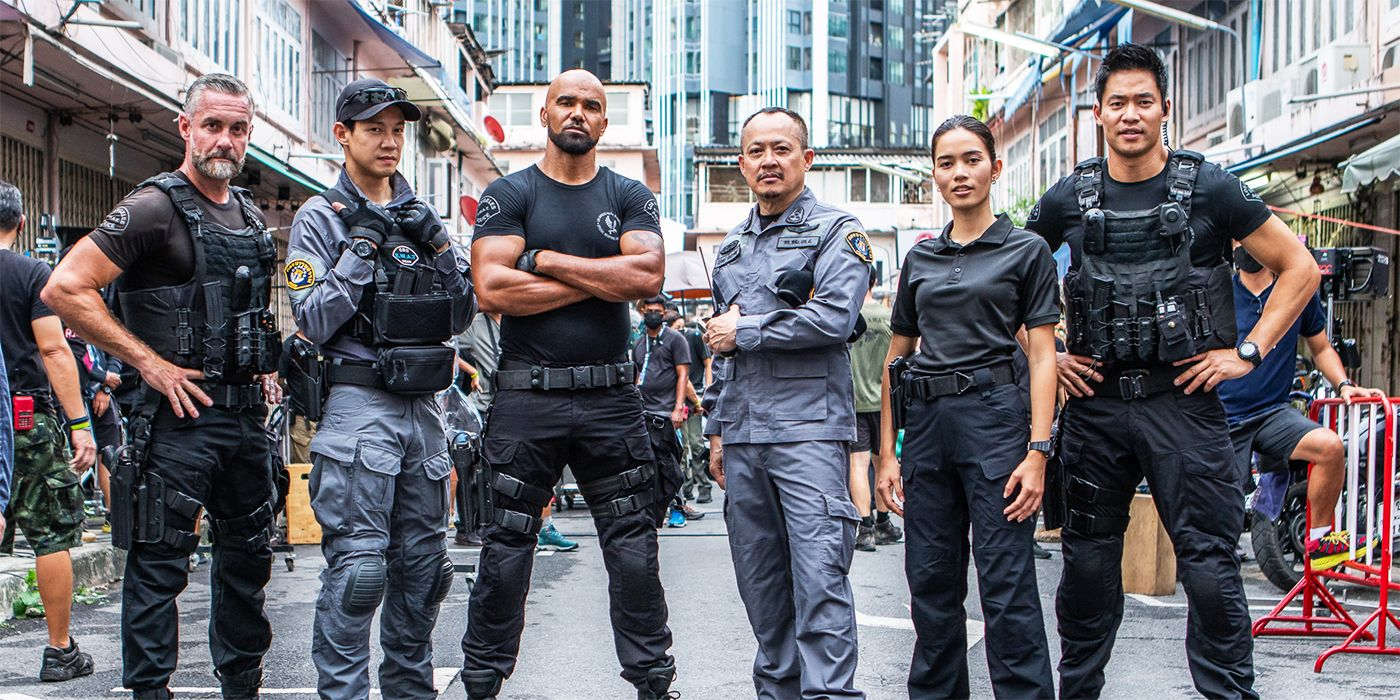
When CBS revived S.W.A.T. in 2017, it wasn’t just bringing back a ’70s classic—it was an opportunity to reshape the narrative around policing, community, and representation. Leading that charge is executive producer Aaron Rahsaan Thomas, whose intentional approach places diversity and empathy at the heart of the reboot.
A Leader Who Understands Two Worlds
-
Thomas drew inspiration from his own experiences as a Black man in America, insisting that S.W.A.T. explore the tension between Black Lives Matter and Blue Lives Matter—through its hero, Hondo Harrelson (Shemar Moore)reddit.com+10etonline.com+10latimes.com+10inkl.com+1salon.com+1fame10.com+3salon.com+3inkl.com+3.
-
This empathy-driven perspective made Hondo a cop deeply rooted in inner-city life yet committed to bridging divides .
Bridging the Gap Through On- and Off-Screen Diversity
Neighborhoods That Reflect Real L.A.
Rather than filming only in affluent areas, S.W.A.T. ventures into diverse LA neighborhoods—from Boyle Heights to Filipinotown—mirroring the city’s true geography and ethnic tapestry inkl.com.

Intentional Hiring Behind the Scenes
Thomas made sure the writers’ room, editing suite, and directing team represented women and people of color—avoiding shallow representation by diversifying true storytelling voices salon.com+6inkl.com+6eonline.com+6.
Tackling Tough Topics with Nuanced Storytelling
More Than Just Procedural Plots
From addressing extremist podcasts and school violence to explorations of immigration and white nationalism, S.W.A.T.embraces real-world issues with sensitivity rooted in its storytelling DNA reddit.com+2etonline.com+2apnews.com+2.
Framing Conversations Over Solutions
Thomas doesn’t prescribe answers. Instead, his writing “manifests the conversation in the audience,” posing questions rather than preaching—making the show a catalyst for deeper reflection creativescreenwriting.com.
Changing Procedural TV Culture
Diverse Voices Matter
Aaron Thomas has challenged the norm that procedurals should be “colorblind.” He argues that authentic representation requires the perspective and presence of Black showrunners, writers, and directorslatimes.com+6eonline.com+6ew.com+6.
Authentic Drama Demands Authentic Teams
He emphasizes that without diversity behind the camera, on-screen diversity is superficial: “diversity is literally only skin deep” eonline.com.
Final Take
Aaron Rahsaan Thomas didn’t just reboot S.W.A.T.—he reimagined it as a platform for inclusive storytelling. By embedding diversity into every facet of its production, the series transcends action tropes to portray policing, identity, and community with nuance and heart. For Thomas, this is more than television—it’s representation shaping culture.
FAQs
1. Who is Aaron Rahsaan Thomas?
He’s the co-creator and executive producer of S.W.A.T., known for crafting its social-issue–driven narrative through authentic, diverse storytelling creativescreenwriting.com+9etonline.com+9krvs.org+9.
2. Why is S.W.A.T. considered diverse?
The show features a multiethnic cast, explores varied LA communities, and addresses real-world social issues with empathy .
3. How does S.W.A.T. handle sensitive topics?
It approaches issues like race, extremism, and social justice thoughtfully—posing questions that spark audience engagement .
4. What is Thomas’ philosophy on representation?
He believes representation must be rooted in authentic voices—diversifying not just cast roles but creative leadership too .
5. Has S.W.A.T. influenced other shows?
Though its cultural influence isn’t quantified, the show stands out for its progressive genre storytelling and diverse leadership—modeling a path other procedurals can follow.
Custom Message:
With S.W.A.T., Aaron Rahsaan Thomas proves that action-packed storytelling and social impact can coexist—showing us that when TV reflects our true selves, it doesn’t just entertain—it educates.
